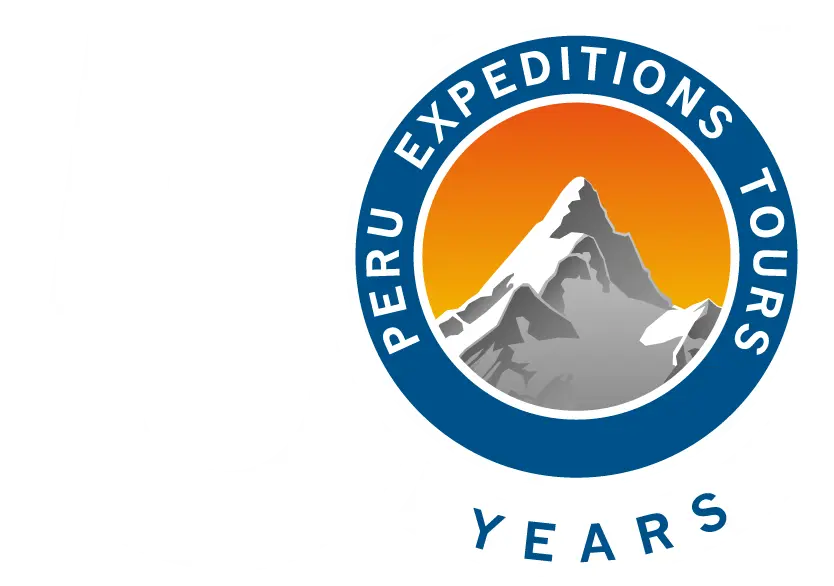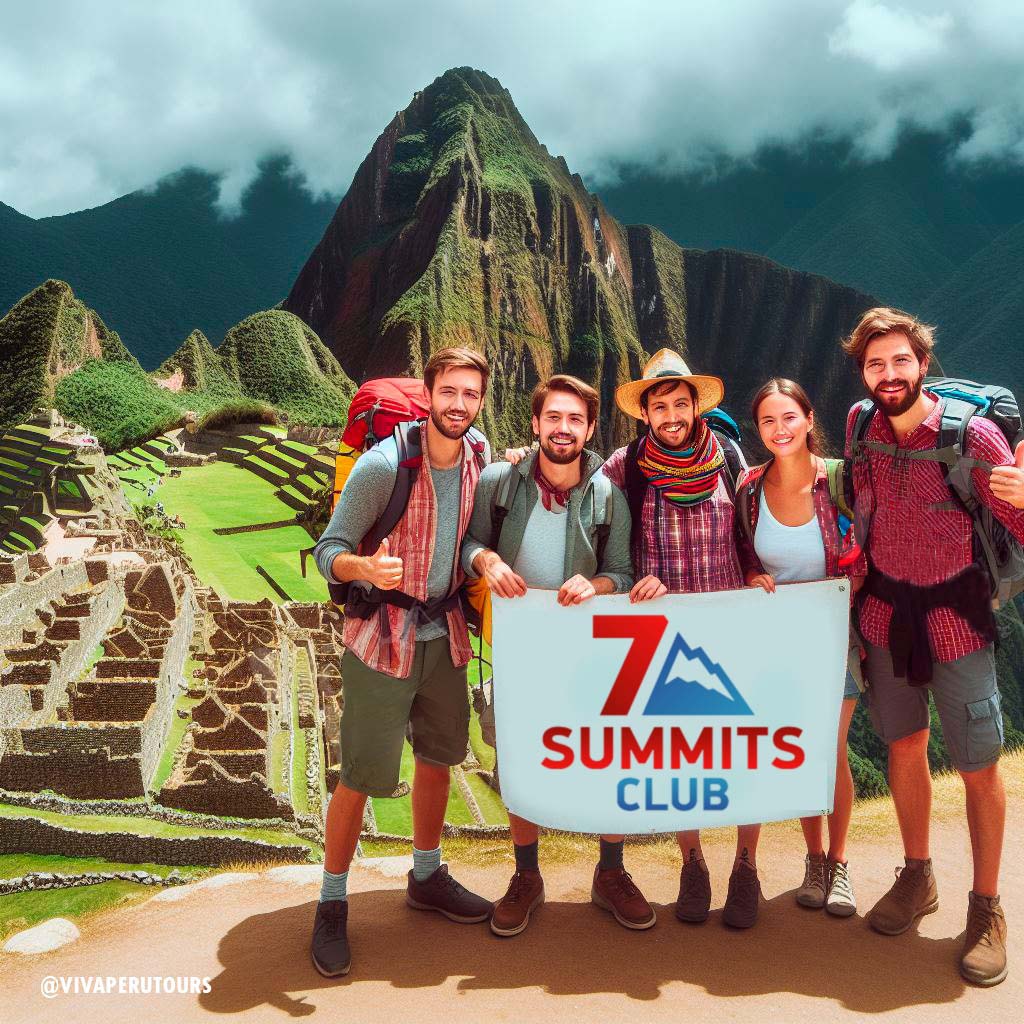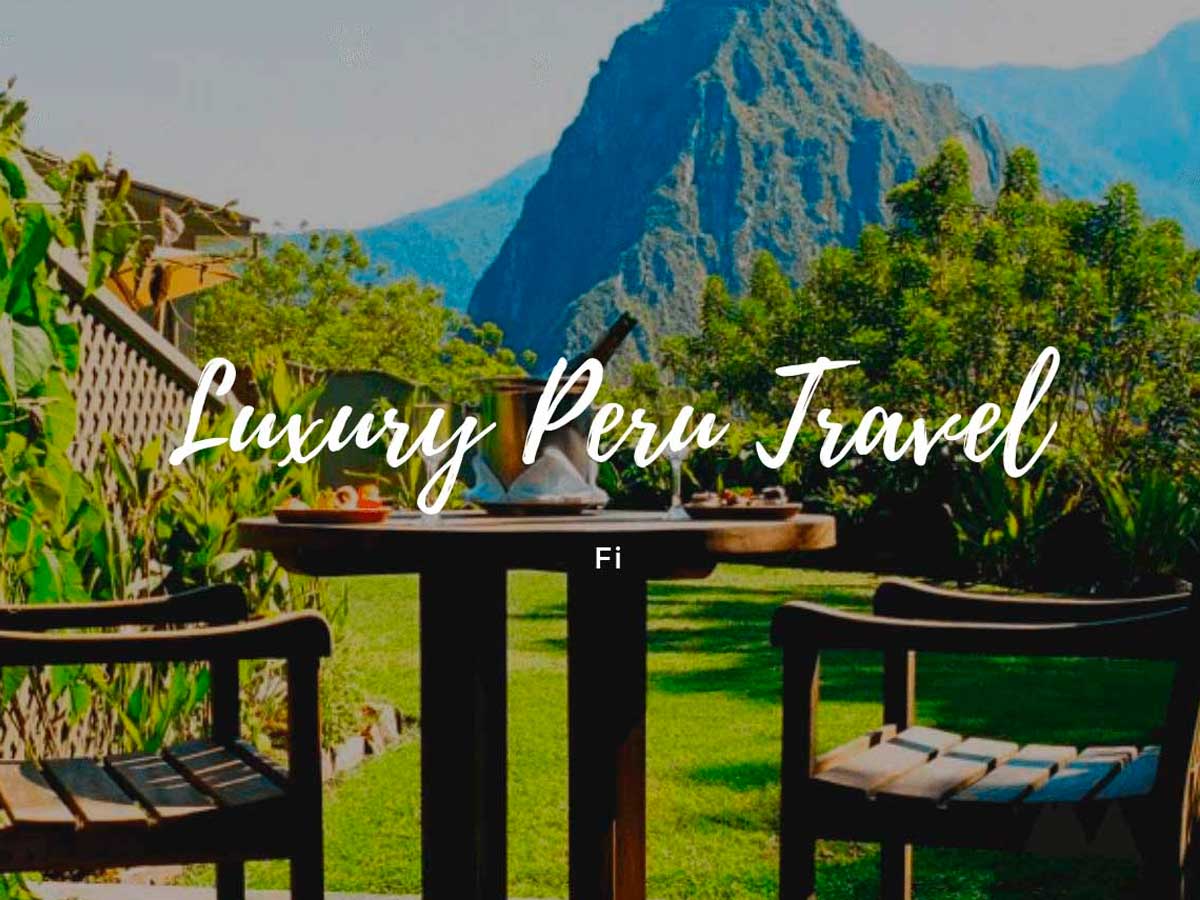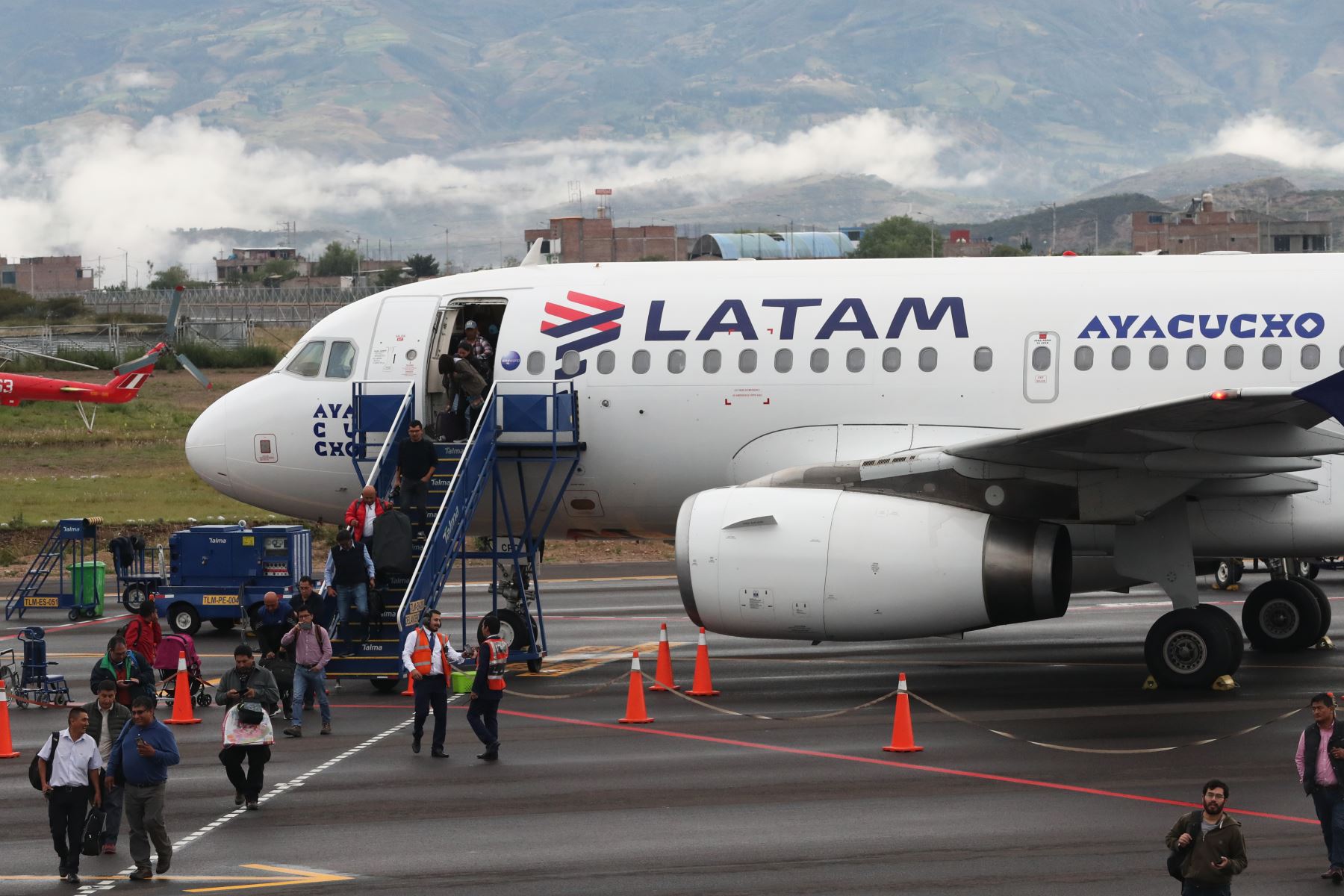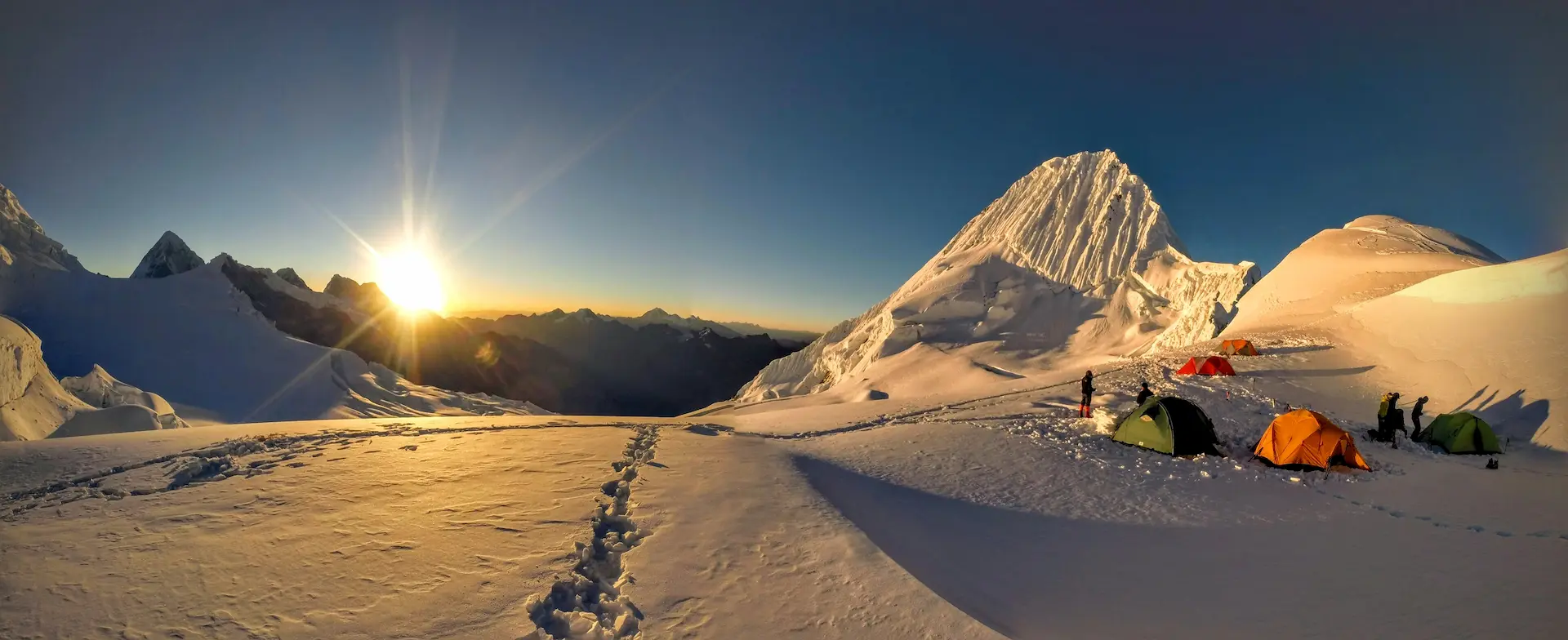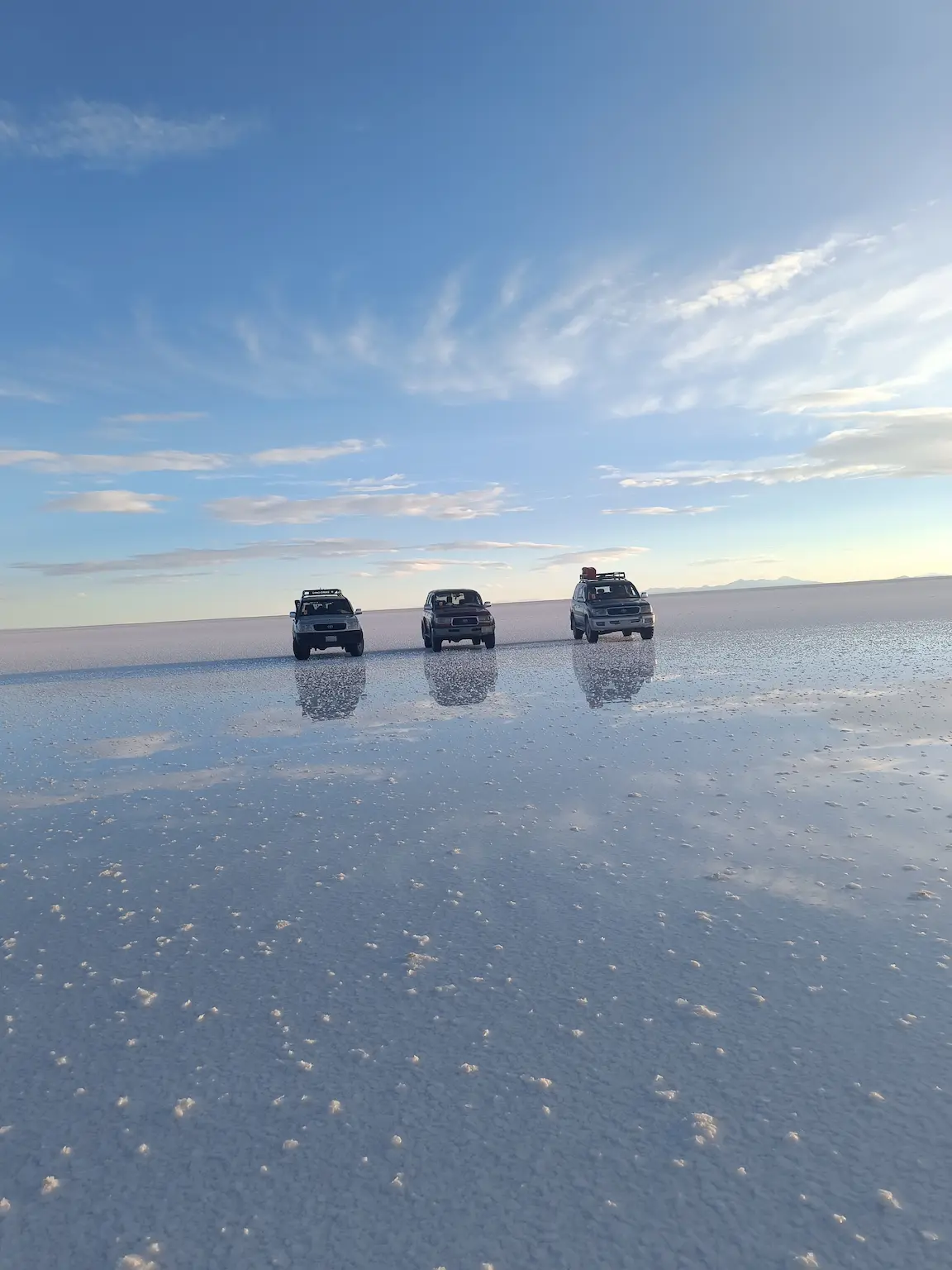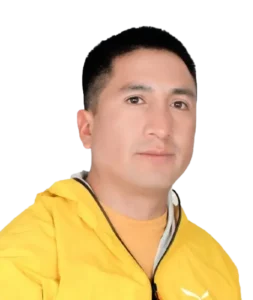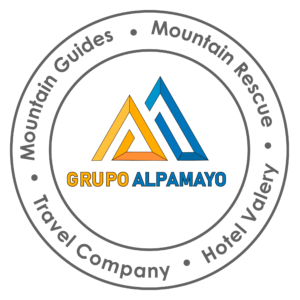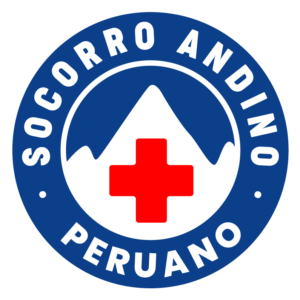The Inca Empire was the largest empire in pre-Columbian America. The Inca arose in the highlands of Peru in the early 13th century and the final days of resistance to the Spanish conquest occurred in 1572. The centre of Inca culture was the city of Cusco, from where the Incas governed more than 40,000 km of trails and hundreds of conquered towns.
According to legend, the Incas emerged as a powerful clan after the migration of their founders from the Tiahuanaco region. Specifically, Manco Capac and Mama Ocllo had left Lake Titicaca to found the capital of their civilisation, at the request of their god, the Sun. Various governors or “Incas” succeeded these founders and made the Inca Empire truly great.
This vast empire was a theocracy, organized along socialist lines and ruled by an Inca who was worshiped as a divinity. Historians divide the Incas that governed into two dynasties: the Legendary or Mythical Empire (from 1200 to 1410) and the Historical Empire (from 1438 to 1532). In 1533, while the two last Incas were disputing the throne of the empire, Spanish conquistadors arrived from Central America, and made their way from Tumbes to Cusco.
The Inca Empire was short-lived. In 1430, the realm of the Inca consisted of little more than the river valley around Cusco. Less than a century later, through conquest and a clever policy of incorporating the best features of the societies they subjugated. The Inca capital, Cusco (Qosqo), was the richest city in all of the Americas, with temples literally covered in gold. By 1500, the Inca Empire stretched from the Pacific Ocean, east to the sources of the Paraguay and Amazon rivers, and from the region of modern-day Quito in Ecuador, south to the Maule River in Chile.
In 1532, at the height of its power, the Inca Empire was driven by a war of succession between two brothers: Huascar and Atahualpa. In one of the great tragedies of history, it was at precisely this moment that Francisco Pizarro and his Spanish conquistadors arrived in Peru. Pizarro used deception and guile to gain a personal meeting with Atahualpa, the Inca ruler, whom he then coolly assassinated, having accumulated a huge ransom of gold and silver. In the face of fierce resistance, Pizarro and his men seized Cusco and sacked the city. Although the Incas continued to fight for the next several years, their empire had ended and Spanish rule had begun.
As the Spanish were a maritime nation, Lima was founded on the coast in 1535. Some of the other native cultures resisted the colonization, but eventually, with reinforcements and the superiority of gunpowder and horses, the takeover was complete.
Indian rebellions were doomed to fail overtime. Firstly, Manco Inca nearly regained control of the highlands in 1536, but retreated to Vilcabamba in the rainforest by 1539 – where he was killed in 1544. Then, Inca Tupac Amaru attempted to overthrow the Spanish in 1572 but failed and was executed. Finally, Inca Tupac Amaru II led a rebellion in 1780, and after he had proclaimed himself ruler, he was brutally executed. Eventually the creoles (the Spanish-born in the Americas) formed an independence movement, and under General San Martin proclaimed Peru’s independence in 1821.
The country grew with the export of guano and rubber, but these were short-lived booms. Other mineral wealth and the export of commodities such as sugar and cotton took over. The wealth was managed by the elite, while life for the Indians in the Andes changed little. The last century has been marked by political upheavals, from military juntas to communist guerrilla warfare. Recent revolutionary movements have been quashed, and the country has – in the last decade -undergone a greater degree of prosperity.
Source:
